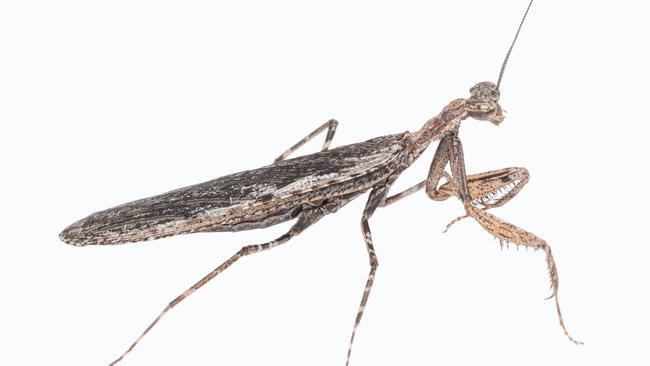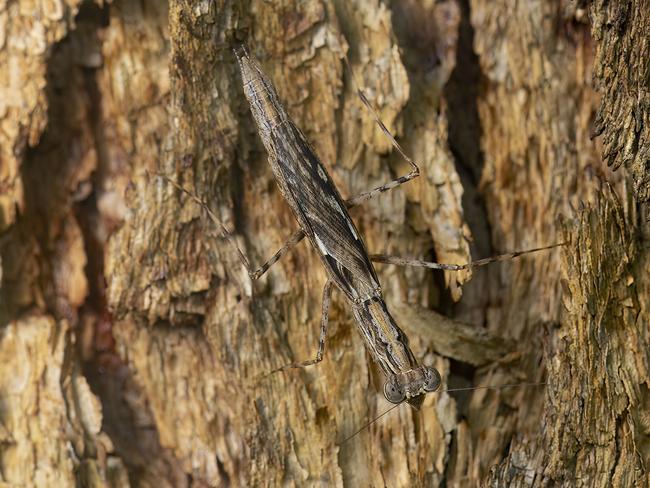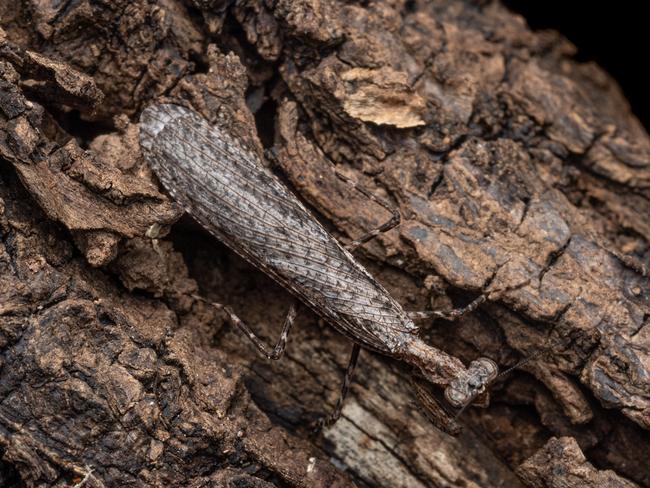A citizen scientist’s work led to discovery of new insect species
The work of a citizen scientist has been crucial to the discovery of an entirely new species of insect.

The work of a citizen scientist has been crucial to the discovery of an entirely new species of praying mantis.
Citizen scientist Glenda Walter used the public science platform iNaturalist to record her finding and the species has now been named Inimia nat, or I. nat for short, in tribute to the platform and its value to science.
Inimia nat is one of two new species of praying mantis – one of them a new genus, which is the level above species – which James Cook University researcher Matthew Connors has published details of in the journal Zootaxa.

The second new species has been named Ima corymbia. It had long been considered to be the same as its sister species the paperbark mantis (Ima fusca), but a detailed look at the body structures of the two revealed they were separate species.
Mr Connors said the work of citizen scientists was invaluable in his research field because there were so many unknown insect species in Australia.
“With a far greater number of people able to survey a much broader span of both time and space, citizen scientists can provide a wealth of data that would not otherwise be feasible,” Mr Connors said.

He said there were new insect species everywhere in Australia. It is estimated less than a third of Australian insect species had been discovered and named which leaves a huge opportunity for citizen scientists.
“Scientists are hard at work documenting these organisms, but new research has shown that even amateur naturalists can help discover new species,” Mr Connors said.
“Data that might take a researcher years or even decades to collect is instead being collected by amateur naturalists through citizen science programs,” Mr Connors said.
“It’s a wealth of information that we’re only just beginning to tap into. There’s just so much that we don’t know that it’s almost certain that citizen scientists will continue to discover countless new species.”




To join the conversation, please log in. Don't have an account? Register
Join the conversation, you are commenting as Logout